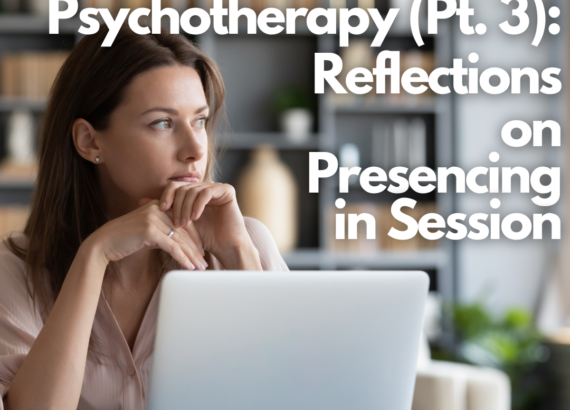Ep 12: Interpersonal Neurobiology of Intersubjectivity (2)

Listen to Bridger and Caleb dive further into Allan Schore’s 2021 article The Interpersonal Neurobiology of Intersubjectivity
Missed part one? Listen to it here first!
Contact BHC about retreats, therapy, and consultation
Interested in reading the article? Find it here.
Primary caregiver experiences form the basis of later brain development
- Intersubjectivity is located in the right hemisphere
- Symptoms in adulthood are rooted in the primary intersubjectivity of the infant
- Development of intersubjectivity occurs through the protoconversation between infant and primary caregiver
- Relies on voice, touch, facial expressions
- Facilitates the concept of self and other
- Leads to coregulation
- In this relationship, we create the template for experiencing our sensory input
- Additionally, our affect tolerance is established
- The ability to not only tolerate, but also integrate intense affect is based on our experiences in our primary intersubjective relationship
- In other words, the way you tolerate and respond to intense affect is based on experiences you’ve had, dating back to the fetal period
- Interestingly, the mother experiences changes in the gray matter of her brain
- This occurs as a result of the synchronization she shares with the infant
- Human beings, in general, seem to be utterly impressionable, even at the cellular level
Vagus Nerve
- First, the human organism encounters stimuli
- Second, the organism compares that stimuli to their lived experience of what stimuli are
- Third, the organism has a synchronous reaction in their body through the vagus nerve
- Note, this reaction pattern is shaped by the primary intersubjective relationship
Regulation
- “Self-Regulation” is commonly misunderstood to mean you can calm yourself completely on your own
- However, self-regulation is based on the evocation of internalized coregulation
- It’s difficult to regulate in the absence of attunement with another
- This type of “pseudo regulation” doesn’t open you up to more complex awareness of what is occurring
- Therefore, you will continue to collapse into old stories and old behavioral activations.
- This is based on the idea that without integration, you continue to interpret sensory stimuli as novel and dangerous, or at least more than you’ve ever been synchronized with
- In other words, regulation doesn’t mean calming down from an over sympathetic charge
- Instead, it’s about integrating information and lived experience into an adaptive network of memory processing
Protoconversations in Therapy
- It’s common for therapists to feel a need to dismiss, defeat, or fixate on client overwhelm.
- However, if instead, we could learn to synchronize with the experience, then the client and therapist will naturally coregulate
- When the client suddenly shifts out of a conversation, take note.
- Their body is likely telling them to get out of whatever was occurring.
- This shines a light on what the client’s body finds intolerable
- Note, this doesn’t occur in a verbal left-brain conversation but rather in the experience of affect
- As the therapist, you could say something like “I see how hard this is for you and I just desire to know more about what it means to you to struggle in this way without knowing necessarily how you’re going to deal with it. Can we just be in it for now?”
- Remember, the client is always communicating something with you. Don’t get lost in what was said, or even how it was said. Look past the behavior and into the person to see exactly what is creating the behavior.
Podcast: Play in new window | Download




Comments
Trackbacks & Pingbacks
[…] buy rybelsus online […]